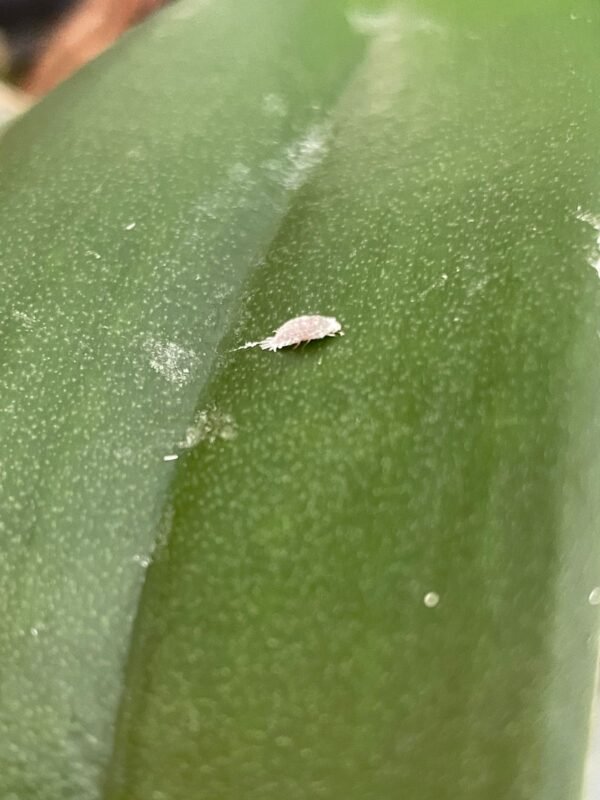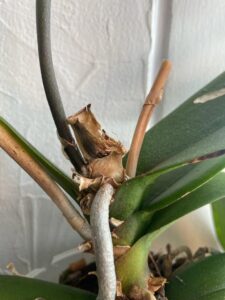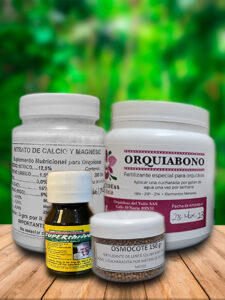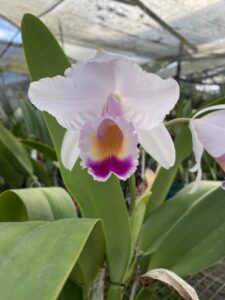The whitefly, also known as cottony mealybug or white mealybug, is a species of insect that feeds on the sap of both indoor and outdoor plants. These insects are characterized by their white, fluffy appearance, resembling small pieces of cotton or sprinkled flour.
These whiteflies often cluster on the leaves, stems, and branches of plants, forming visible colonies. They feed on the plant’s sap and secrete a waxy protective substance that gives them their cottony appearance. This waxy substance can also serve as a shelter for their eggs. Whitefly infestations can weaken plants and hinder their growth. Moreover, they can secrete a sticky substance called honeydew, which can attract the growth of black fungi known as sooty mold.

How can I control them?
You can take the following measures:
- Manual removal: Use a cotton swab soaked in antiseptic alcohol to gently rub the whiteflies and remove them from the plants. Another way to clean them is by making a solution of vegetable oil with a few drops of dish soap. You can also use a strong stream of water to dislodge them.
- Insecticide solution: Specific insecticides can be used to control whiteflies. We recommend the insecticide Mitipyr, which comes in the form of a concentrated white liquid that you should dilute in water (1 ml per 1 liter) and apply to your entire plant (from leaves to substrate) using a spray.
Mitipyr acts as a neurotoxin in insects, affecting their central nervous system and causing paralysis and death. It’s absorbed through the leaves or roots of plants and distributed throughout the plant, making it effective in controlling insects that are in parts of the plant like those in the soil and feeding on the roots.
*It’s important to regularly monitor your plants and take action as soon as a whitefly infestation is detected, as they can multiply rapidly.
How do they get to my plants?
Whiteflies can reach your indoor plants in various ways. Some of the most common are:
- Airborne transportation: Whiteflies can be carried through the air, especially in warm and dry climates, using air currents or updrafts. They can travel from infested plants outside to the plants in your home through open windows, doors, or even ventilation systems.
- Infested plant purchases: You might have bought or received plants that unknowingly came infested. Whiteflies can hide on leaves, stems, or roots of plants and can enter your home unnoticed.
- Clothing or pets: Whiteflies can attach to your clothing or your pets’ fur while you’re outside and then jump onto your plants when you come indoors.
How can I prevent it?
To prevent future infestations of whiteflies on your indoor plants, here are some measures you can take:
- Inspection before buying: Before acquiring a new indoor plant, make sure to carefully inspect both the upper and lower sides of the leaves for signs of whiteflies, such as white or sticky spots, cottony masses, or the presence of insects. Avoid purchasing infested plants to prevent introducing pests to your home.
- Isolation of infested plants: If you detect an infested plant, isolate it as soon as possible to prevent the whiteflies from spreading to nearby plants. If you bring a new plant into your home, it’s advisable to keep it isolated from other plants for a few weeks. This allows you to observe for any emerging infestations before mixing it with the rest of your plants.
- Regular cleaning: Perform regular cleaning of your home plants. Wash the leaves with gentle water to remove dust and any pest residue that may have accumulated. You can also use a damp cloth, an old toothbrush, or a soft sponge to clean the leaves.
- Constant monitoring: Regularly inspect your home plants for signs of whiteflies or other pests. Pay special attention to leaf, stem, and root areas. The sooner you detect an infestation, the easier it will be to control.
- Maintaining a healthy environment: Healthy and strong plants are less likely to be attacked by pests. Make sure to provide them with proper conditions of light, humidity, and nutrition. Avoid stressing plants, remember to leave good space between them for air circulation (avoid crowding), and maintain a clean and well-ventilated environment.
Remember that prevention and early detection are key to avoiding the spread of pests. By implementing these measures and keeping your plants healthy and strong, you can significantly reduce the risk of future infestations.
You can purchase the pesticide on our website or in our stores in Cali and Ginebra. If you have any questions, you can visit our stores, where our staff can provide more suggestions. Additionally, we have all the necessary accessories for your orchid cultivation, from pesticides to Orquimedio (substrate), decorative bases, Orquiabono, planters, Orquitutor, and many other things.





